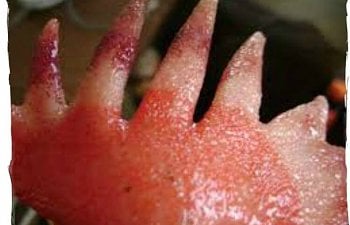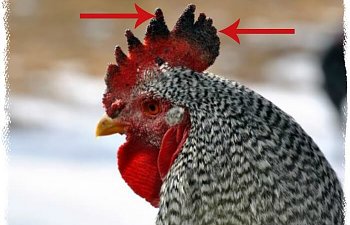Frostbite in Chickens
Photo courtesy of Backyard Chickens.Com
All breeds of chickens are at risk for frostbite, even cold hardy breeds if the conditions are right. Areas of the body most at risk are combs, wattles, legs, feet, and toes due to lack of feathering.
Freezing of the skin and underlying tissues potentially causing also long term nerve damage is referred to as Frostbite (Poultry DVM, 2019). As a chickens core temperature decreases, blood is shunted to vital organs for oxygenation thereby decreasing blood flow and circulation to extremities or the peripheral regions of the body leaving it at risk for frostbite. Decreased blood flow and oxygen to a tissue may lead to tissue death and gangrene evidenced by hard black tissue. This can be seen as early as a few days following injury. The severity of tissue death depends on degree of frostbite and length of exposure to freezing temperatures (Poultry DVM, 2019).
Stages of frostbite are mild, moderate, and severe.
Frostbite can resolve without sequelae or end in gangrene with tissue loss and amputation. Severity of frostbite depends on temperature, wind chill, length of exposure, wet/dry cold, immersion, age, and overall health of a chicken (Poultry DVM, 2019). There are four degrees of frostbite as described here (Laskowksi-Jones & Jones, 2018; Poultry DVM, 2019).
- First degree: This is freezing of the surface layer of skin. Combs and wattles will appear white or pale in color. The feet or legs will appear slightly reddened.
- Second degree: The skin will completely freeze and harden but not the underlying tissue.
- Third or Fourth degree: The skin and underlying tissue is affected. This is severe and tissue will appear black from gangrene. You will begin to see a line of demarcation between healthy and unhealthy tissue. The severity of the injury usually can be appreciated by 3-6 weeks.
Clinical Signs
Discoloration or blackening tips of combs, wattles, legs, feet, or toes
Reddened feet or toes
Cold or hard skin
Swelling of combs, wattles, or toes
Blood filled blisters
Limping on feet when temperatures are low
Diagnosis
See vet
Treatment
- If tissue still frozen: Rewarm in a warm water bath (body temperature 104-108°F or 40-42°C)
- Do not use direct heat (e.g. heat lamps, hair dryer, or heating pads) to rewarm.
- Do not massage affected area
- Do not touch blisters
- Do not let chickens walk on legs, feet, or toes affected by frostbite (use a sling type restraint, splinting or wrapping)
- Do not attempt to remove affected tissue to prevent exposure of healthy tissue to infection
- Do not put chicken outside again if risk of refreezing
- Place chicken in warm environment with supportive care
- Do not medicate for pain unless directed by a veterinarian as this may be harmful
Supportive care: Once affected tissue rewarmed, wrap and dress area. Wrap each toe separately if toes involved. Keep in warm quiet environment for rest and recovery. Do not return to cold environment. Make an appointment to see your local veterinarian. Depending on severity, the bird may require hospitalization or medication since frostbite can be painful and permanently damaging. Prophylactic antibiotics may be necessary to prevent a secondary infection. Surgical amputation may be required and performed by a veterinarian only.
Some evidence has shown that streptokinase treatment and rapid rewarming resulted in reduced tissue damage with greatest benefit seen at 12 hours of freezing and still effective up to 48 hours following injury (Poultry DVM, 2019).
Risk Factors
Adult roosters with large combs/wattles
Hens with large combs/wattles
Dehydration (use water heaters to prevent freezing water or provide fresh water 3 x day)
Poor ventilation or airflow
Condensation on coop or windows
Dripping water from beaks or water spillage (may be minimized by cup or nipple water systems)
Living in high altitudes as reduced oxygenation to capillaries
Pre-existing health conditions
(those with metabolic disorders, cardiovascular disease, or atherosclerosis are more at risk due to decreased circulation)
No access to shelter or insufficient shelter
Wind, rain, and snow (feather legged breeds more susceptible)
Prevention
- Provide protection from cold temperatures and drafts (winterize and insulate coop)
- Keep bedding dry (add straw as warmest)
- Provide adequate roosting bars in which the chicken can cover feet with feathered breast when asleep (2-4 inches wide)
- Provide windbreak free of ice and snow with a covered coop/run
- Use proper ventilation to prevent moisture build up
- Cover combs and wattles with petroleum jelly
- Check for signs of frostbite after each night of freezing temperatures
- In colder climates pick breeds that are more cold hardy and at less risk for frostbite
- Monitor temperature and humidity levels in coop (can use wireless weather station sensors)
*Petroleum Jelly works by conserving heat, insulates tissue from moisture, and freezes at a lower temperature than cell fluid in combs and wattles (Damerow, 2017).
Support
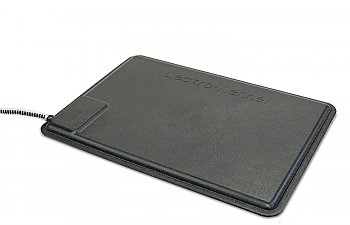

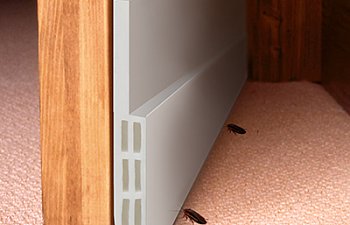
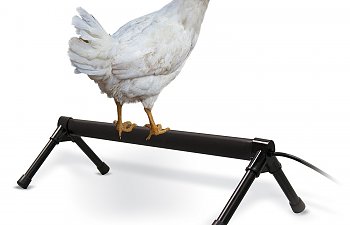
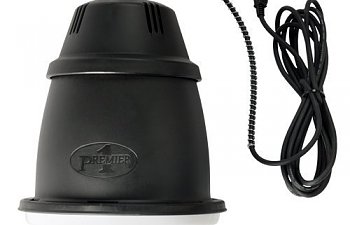
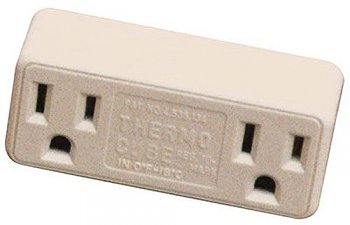
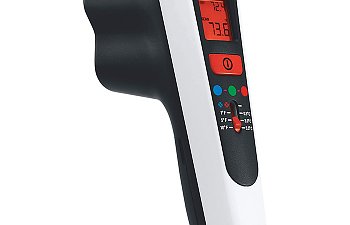
Photos Courtesy of Poultry DVM
References
Andrews, C. (2012-2019). Backyard chickens and frostbite. Retrieved from https://www.raising-happy-chickens.com/backyard-chickens-frostbite.html
Calle, P.P., Montali, R.J., Janssen, D.L., Stoskopf, M.K., & Strandberg, J.D. (1982). Distal extremity necrosis in captive birds. Journal of Wildlife Diseases 18(4), 473-479.
Damerow, G. (2017). How to protect your chickens from frostbite. Retrieved from https://blog.cacklehatchery.com/how-to-protect-your-chickens-from-frostbite/
Jacquie, J. (2015). Frostbite in chickens. Retrieved from https://articles.extension.org/pages/70255/frostbite-in-chickens
Journal of American Medical Association (JAMA) (1944). High altitude frostbite. Retrieved from https://jamanetwork.com/journals/jama/article-abstract/265832
Laskowksi-Jones, L. & Jones, L.J. (2018). Frostbite: Don't be left out in the cold. Nursing 48(2), 26-33.
Poultry DVM.(2019). Frostbite. Retrieved from http://www.poultrydvm.com/condition/frostbite

